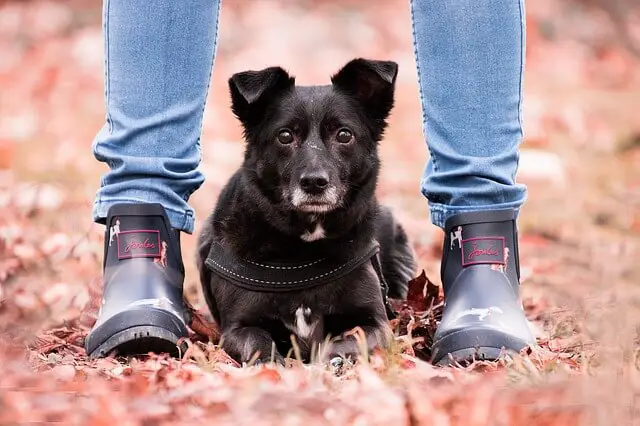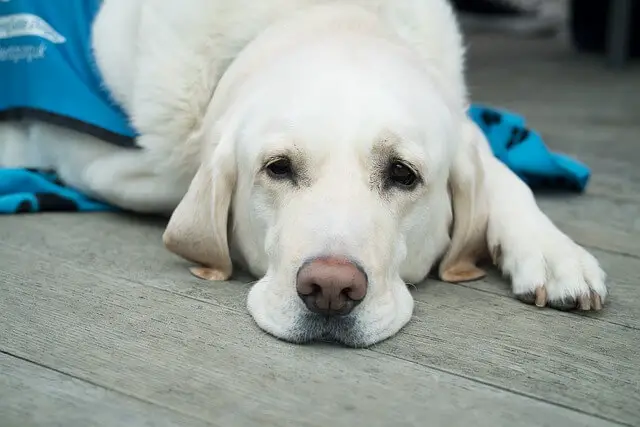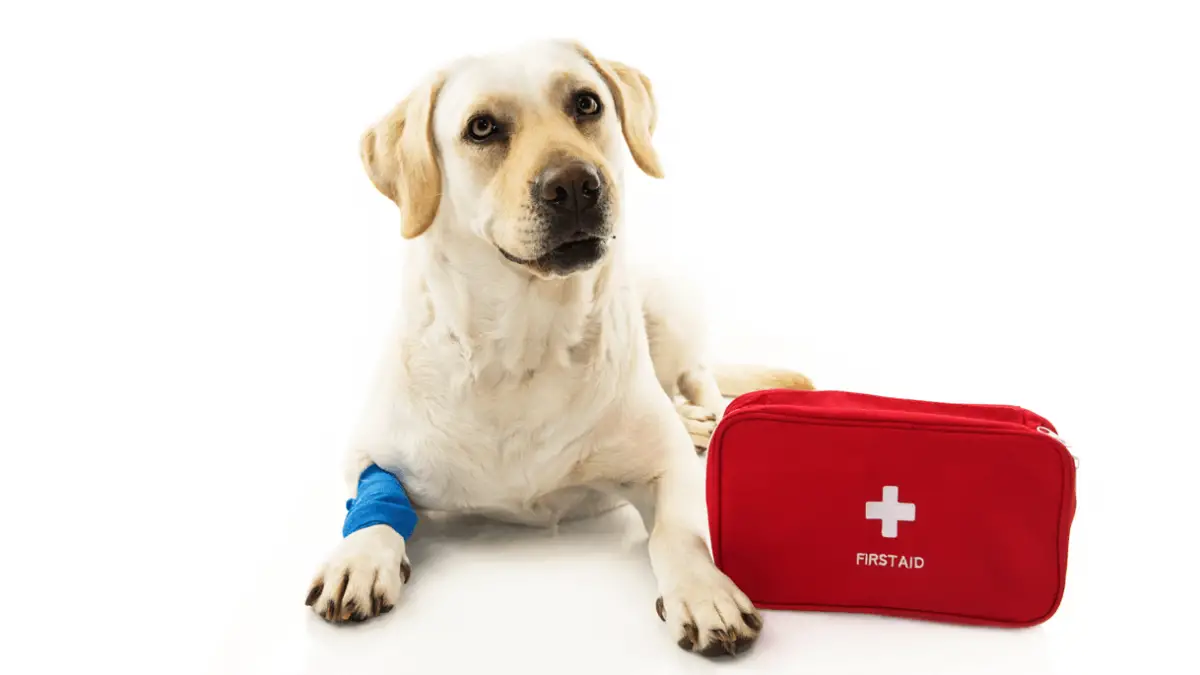3 Most Common Orthopedic Problems in Dogs
31.01.2022.
Orthopedic problems in dogs are pretty common. In fact, if you walk into an animal clinic, you are most likely to see a dog that’s there for an orthopedic issue. Learning your dog has an orthopedic problem can be scary if you are a dog owner. However, with early detection and good veterinary support, chances of getting over those problems are good. Here are the 3 most common orthopedic problems in dogs and the most common ways they are resolved.
1. Cruciate Ligament Rupture
Cruciate ligament rupture is the most common orthopedic issue in dogs. Cruciate ligaments connect the dog’s femur and tibia. It is essentially connecting the upper and the lower part of the leg. These ligaments are named after a “crucifix” because they cross inside the dog’s joint, holding these two bones together. These ligaments can tear, much like an ACL tear in humans. If that happens, the dog’s knee becomes painful and unstable.
What’s the solution?
If the dog ruptures its cranial cruciate ligament, the vet will determine the damage. They will do that by pushing the tibia forward and looking at the amount of movement. Based on the results, the vet will decide how to treat it. The two treatment options are medically and surgically. Smaller dogs often need to rest, and within 6 months, the CCL will heal. Acupuncture, chiropractic techniques, and laser therapy have shown pretty good results. There are different surgical options, but the most common one is implantation, where vets implant strong nylon that will mimic the functions of the torn ligament.

2. Hip dysplasia
Hip dysplasia is a hereditary condition that results from an improperly formed hip joint. Its genetic aspect is well studied, so many vets already know what causes it. Unfortunately, excessive exercise, trauma, and improper development are just some of the reasons hip dysplasia can appear. It can be pretty painful, and the affected dog’s movement will be severely impaired. Hips should be evaluated, and they are rated as Excellent, Good, Fair (considered good), Borderline, Mild, Moderate, and Severe (considered Bad).
What’s the solution?
Treating hip dysplasia is not easy or cheap. The vet will advise a few different things: weight control, restricted movement, physical therapy, medication, femoral head ostectomy, joint fluid modifiers, double or triple pelvic osteotomy, and total hip replacement. The vet will decide what form of treatment is the best based on the severity. However, surgeries have shown the best results.
3. Patellar Luxation
Patellar luxation is a hereditary disease that causes the dislocation of the kneecap. It ranges from mild to severe, and the exact severity will have different impacts on the affected dog. Mild cases of patellar luxation can be visually disturbing to dog owners, but they are not painful, nor will they affect the dog’s movement. However, severe dislocations can be pretty painful and might cause the affected dog serious walking issues.

What’s the solution?
Based on the severity of the luxation, the vet will decide what type of treatment is needed. For example, Grade I rarely requires surgery. The kneecap usually pops back into the correct position, and the dog rarely feels any pain. It is generally managed with supplements and specific exercises. Grade IV is the worst-case scenario, and the kneecap is permanently out of the correct position, and the bone beneath it is severely twisted. The only way to correct it is by major surgery. Plus, the recovery period will be prolonged.
Can orthopedic problems in dogs be prevented?
Unfortunately, there are cases where orthopedic problems in dogs cannot be prevented. If a puppy comes from parents who have bad hips, they will inherit bad hips. The only way to avoid that is to get a puppy from a breeder who health tests their breeding dogs. Puppy mills and questionable sources don’t care for the breeding dog’s health, so you should avoid getting a dog from them.

The second thing you can do to prevent orthopedic problems in dogs is to make sure you treat your puppy adequately. Provide them with a diet that will give them all the necessary nutrients. Don’t ignore physical activity but don’t overexercise them and put too much pressure on their developing joints.
Another good thing to do is regular vet visits. Despite your best efforts, orthopedic problems can appear. If that happens, early detection and adequate treatment are the key. Vets will notice early signs of problems, so make sure you don’t skip vet appointments. Take your dog to the vet regularly, and make sure the vet always knows your dog’s health condition.
World Dog Finder team







Share